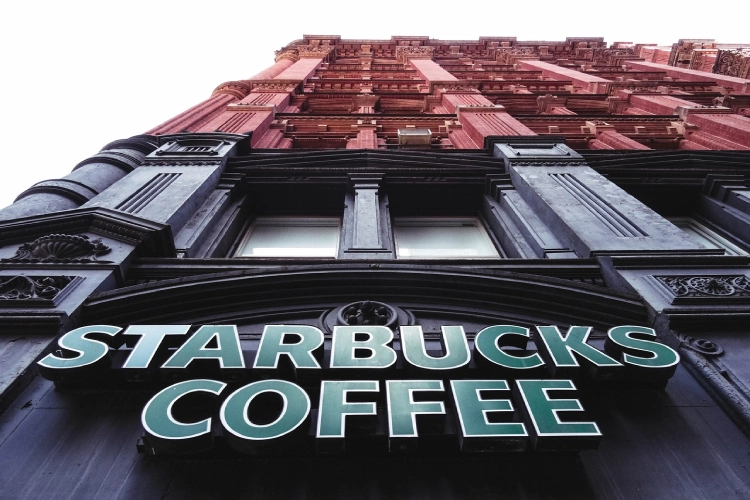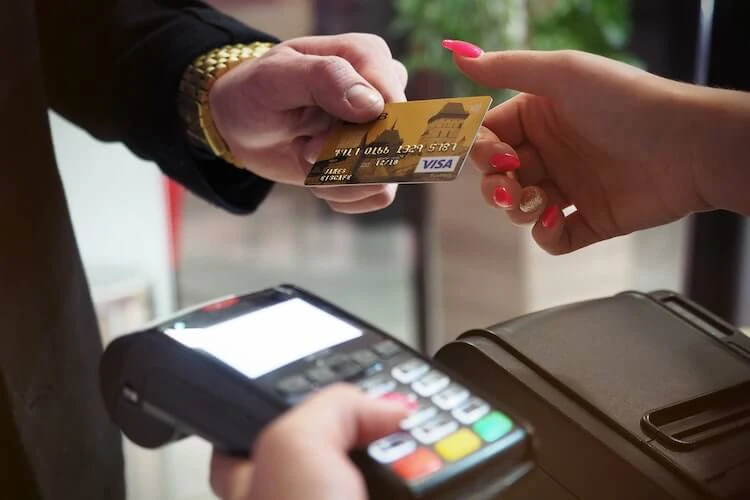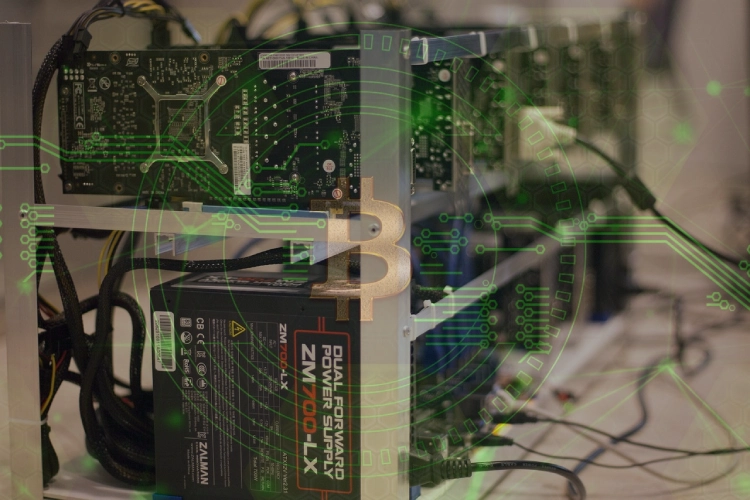Starbucks is a true giant in the coffee industry and only lags behind McDonald’s when it comes to market capitalization. The first Starbucks cafe opened its doors in downtown Seattle in 1971 and is still in operation to this day. Despite its humble beginnings, Starbucks has grown into a global coffee conglomerate.
In the early days of operation, Starbucks expansion was slow and only took place within the city limits of Seattle. The company’s growth trajectory changed in 1987 when the original owners sold the company to its marketing director, Howard Schultz. Schultz began expanding Starbucks beyond Seattle and introduced Americans to the espresso, which was then a little-known Italian drink.
Starbucks was founded on the idea of the coffee house culture, where each beverage was made by hand according to customer orders. As the company has grown, so has the complexity of its menu. Today, Starbucks boasts over 170,000 different drink varieties, which while good for the company due to their high prices, can be challenging for baristas.
Starbucks’ early focus on espresso has led to a wide range of signature drinks, including the creation of the iconic frappuccino and the popular pumpkin spice latte. The demand for cold beverages, such as iced coffee, nitro iced coffee, and cold foam drinks, has grown significantly and is now a key part of the company’s offerings.
How Technology and Mobile Payments Have Shaped the Coffee Giant
Starbucks has seen a remarkable level of success in recent years, and technology has been a major contributor to that success. The company was founded in Seattle, which was known for its tech-savvy culture, and Starbucks was quick to adopt and innovate new technologies. One of the key moments in this journey was the launch of its mobile app in 2009, which was one of the first of its kind. Starbucks saw the mobile app as a digital flywheel that would drive its growth and customer engagement.
Today, mobile orders account for nearly 25% of all Starbucks transactions in the United States. Customers can order through a virtual Starbucks gift card or through the Starbucks mobile app, which has become a crucial part of the Starbucks ecosystem. In fact, 44% of all transactions at Starbucks are done using a Starbucks card or the Starbucks app, and the company holds a staggering $2.4 billion in cash that was uploaded by customers to be used later. This number is higher than the deposits at many American banks, which speaks to the level of customer engagement and trust that Starbucks has built.
The Starbucks mobile app and the Starbucks card system have also provided Starbucks with a wealth of customer data. Unlike many other companies, Starbucks has created a unique ecosystem where customers are using the Starbucks app to make purchases, mobile order, and stay connected to the Starbucks system. This has given Starbucks a wealth of data on its customers, and it has helped the company to understand customer behavior, preferences, and needs. As a result, Starbucks has been able to tailor its offerings and services to better meet the needs of its customers, which has driven its growth.
The rise of mobile payments has prompted a shift in Starbucks’ business priorities. Before the pandemic, around 80% of Starbucks transactions in the US were made while on the go, either through drive-thru or mobile ordering. Starbucks initially started in cities but has now expanded throughout the country, including into suburbs, with drive-thrus playing a significant role.
These alternate pickup options are becoming crucial to the company’s financial success, especially during the pandemic. The stores have provided a crucial lifeline for Starbucks, as they were able to continue operating and customers could easily pick up their orders without having to enter the cafe.
Starbucks’ Commitment to Values with employees and customers
Starbucks has always emphasized its commitment to the values that were established during the company’s early days. The coffee giant is dedicated to creating a connection between its baristas and customers, even in drive-thru locations. Starbucks tracks customer connection scores to ensure that everyone is satisfied with their experience. However, this task is becoming increasingly difficult with the growing popularity of drive-thru and mobile ordering.
Starbucks’ store design also reflects its values. The items in the store are carefully arranged to create a consistent and cohesive experience. Additionally, Starbucks prides itself on its internal culture which is built on a strong relationship between management and employees. Workers at Starbucks stores are referred to as “partners,” a term that is central to the company’s ideology. These partners are offered shares in the company through the “Beanstalk” program.
However, this relationship may change for some Starbucks locations following the unionization of two out of three Buffalo stores. Despite these developments, Starbucks remains committed to its values and to creating positive experiences for its customers and employees.
The unionization of Starbucks stores in Buffalo has highlighted the company’s commitment to its values and the relationships it has with its workers. Despite the challenges posed by the unionization, Starbucks has thrown a lot of energy and resources into addressing the issue. Executives have traveled to Buffalo to meet with workers and understand their concerns. Starbucks values its direct relationship with its workers and views unions as an intermediary. However, workers who support the union want a more direct relationship with the company. It remains to be seen how Starbucks will navigate this challenge and balance the needs of both its workers and the company

 The Popularity Rise Of The Visa Card
The Popularity Rise Of The Visa Card